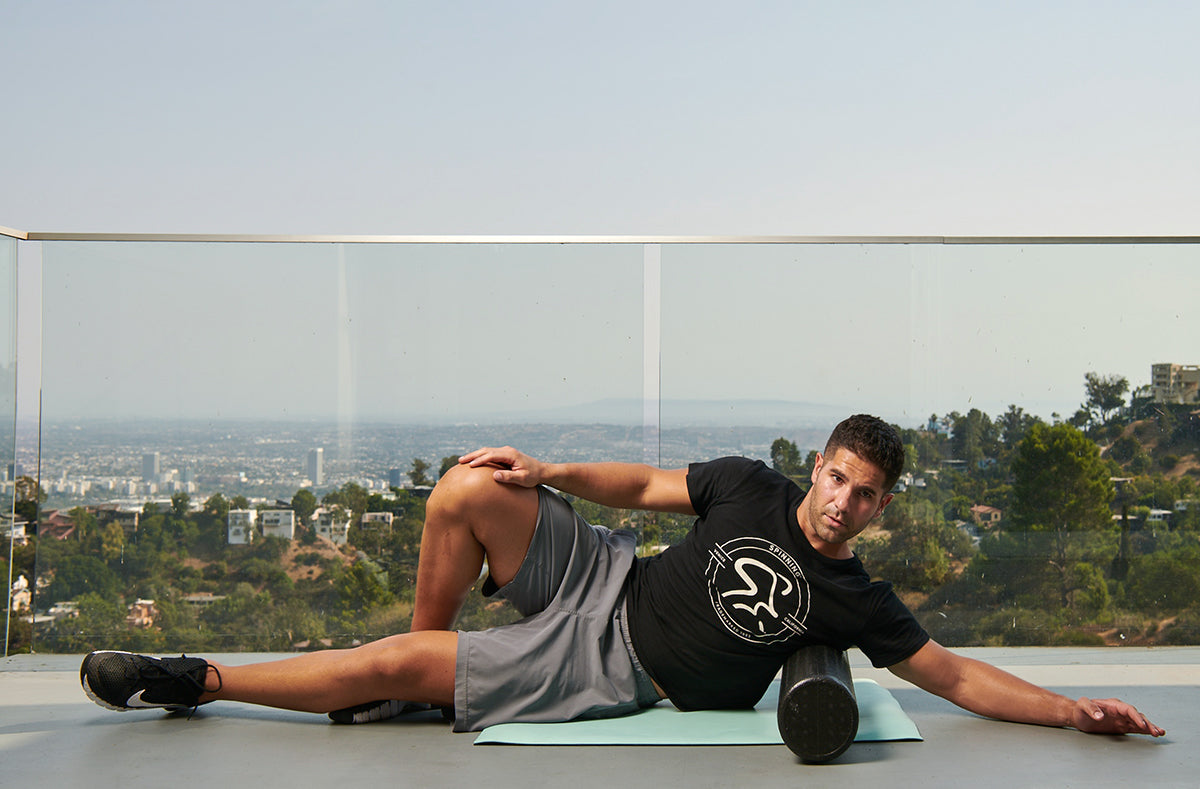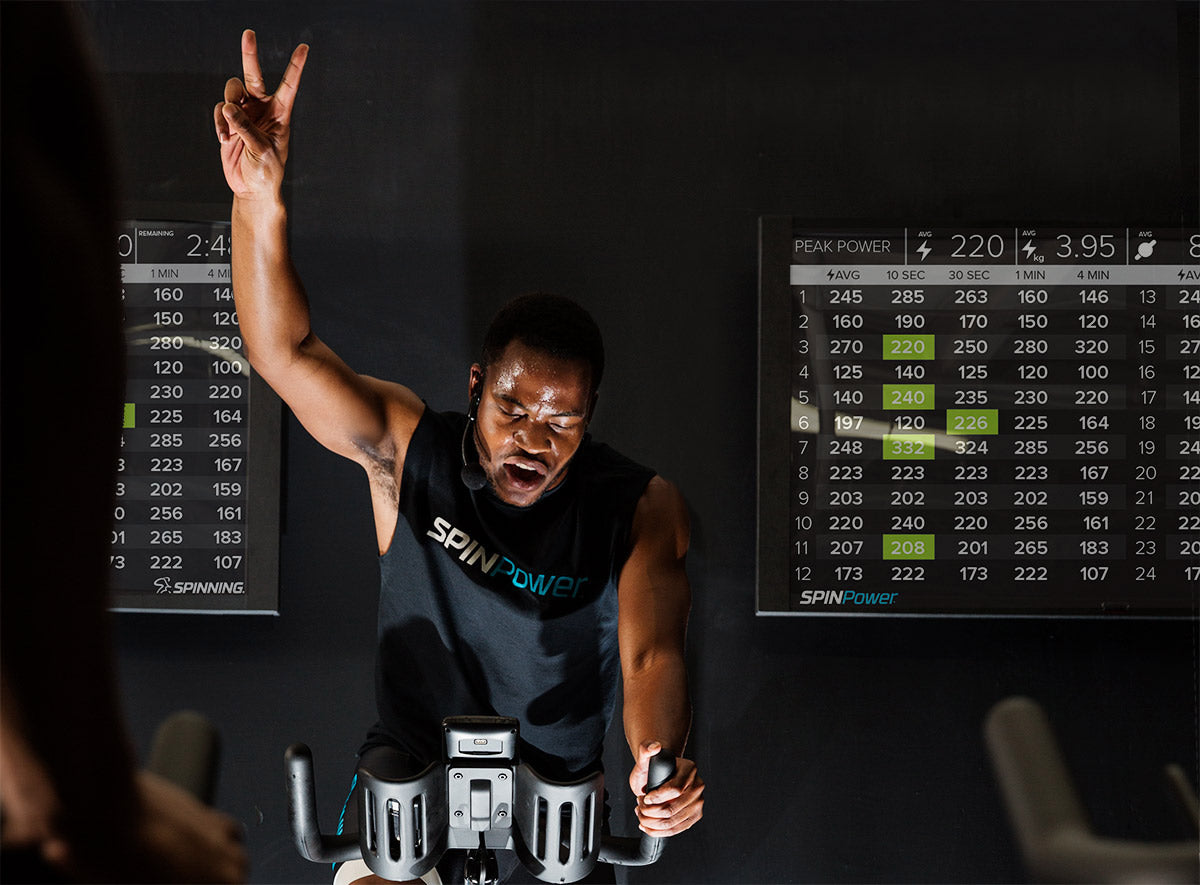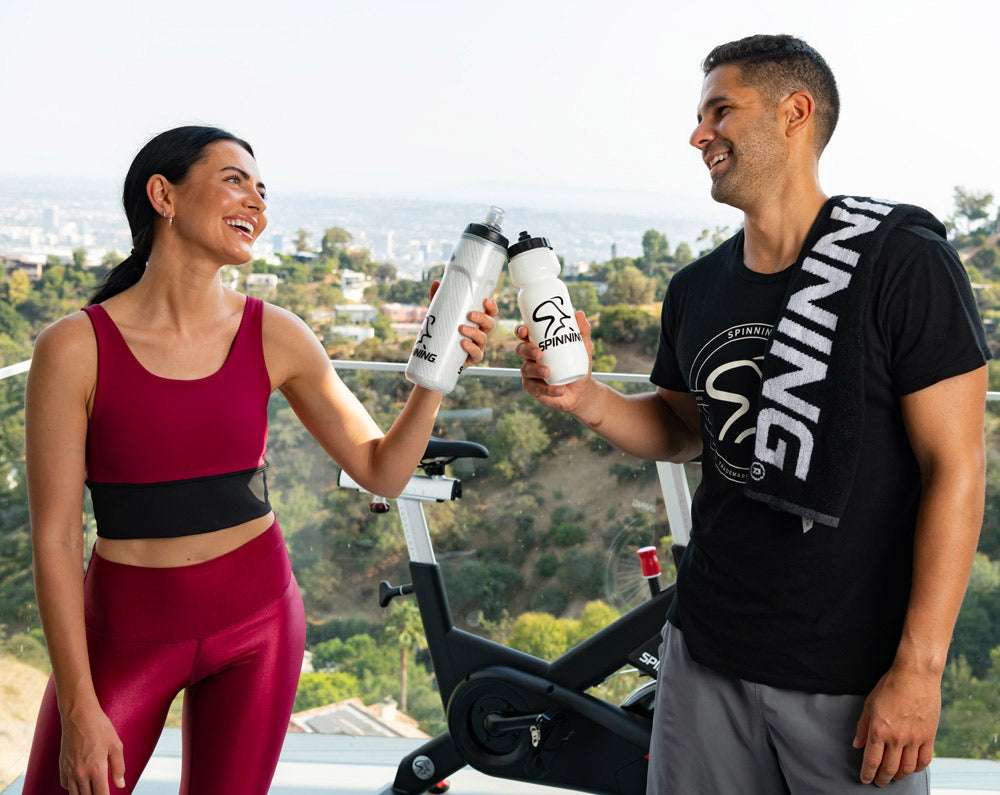Spring is the time of year when many athletes ramp up their training in order to prepare for racing. However, as workouts get longer and harder, many of us forget the importance recovery can play in achieving our number one goal. Everyone needs rest, but for athletes, it’s a crucial element of a sensible, balanced training program – while overreaching is required to stimulate your body to adapt to training, full recovery is also required to allow that adaptation to take place. As you dial it in this season, remember to strive for progressive gains through a sensible training program that includes good nutrition, adequate sleep, stretching and well-deserved time for recovery.
TRAINING + RECOVERY = SUPER COMPENSATION
TRAINING + INADEQUATE RECOVERY = PERFORMANCE REDUCTION, ILLNESS, INJURY, BURNOUT
The quicker and more complete your recovery after a workout, the faster you can move onto your next quality training session. The more total session you have the energy for, the faster you will ultimately be.
No matter what you do, when you extend yourself, your body requires a specific amount of time to refuel and repair. Full recovery takes time. USA Triathlon Level II coach Steve Seide comments, “Quality training time is extremely valuable. By quality, I mean when you are fully recovered, and able to put in complete effort and focus. These sessions should be spent wisely.”
Be sure to plan adequate rest into your weekly routine and schedule a rest week everything third or fourth week. Manipulate volume and intensity during rest weeks to unload accumulated fatigue, maintain fitness and sharpen performance. When in doubt, follow these simple guidelines:
10 TOOLS TO SPEED RECOVERY
Daily Nutrition Habits
Daily nutrition dictates your body’s overall health as well as the amount of training you can withstand and adapt to. What you eat and drink every day determines your athletic potential. If you eat poorly on a daily basis, your athletic potential ceiling will be low. According to Ultrafit coach Tom Rodgers, “You can wear yourself out with bad nutrition even faster than by exercise without discipline.” Maintaining daily optimal health through a nutritious diet will do more to speed up your recovery from workouts than any other factor.
Sleep habits
Sleep is vital for recovery. Sleep is when your body does its best repairing and rebuilding. If you skimp on sleep, you will delay recovery. Through the course of a night’s sleep, you cycle through several phases: during the slow-wave stage, growth hormone is release by the pituitary gland, stimulating tissue repair.
During Exercise Nutrition Habits
Fueling and hydrating properly during exercise will put you in the best possible shape at the end of a session so you need the less total recovery time. For easy workouts that last less than an hour, water will suffice. For workouts lasting longer than one hour, you should consume a sports drink that contains carbohydrates, electrolytes and possibly protein (if your GI system is receptive to this).
Hydration and electrolyte replacement: Your body’s thirst depends on two things: an increase in blood salt concentration and a decrease in blood volume. Both of these occur when you sweat. Research has shown your body will absorb and retain more fluid when electrolytes such as sodium are added to whatever you are drinking. Drinking plain water dilutes the sodium in your blood and shuts off your thirst mechanism, so you drink less and tend not to hydrate fully.
Refueling: An athlete can burn more than 900 calories per hour during exercise. However, research contends that maximum heart rate at which carbohydrate can be absorbed by the liver is 1 gram per minute. This equates to only 240 calories per hour, so replacing every calorie burned is a nearly impossible task. Focus on replenishing as much carbohydrate as your body can process. Consuming more than this will leave you bloated.
Food choices: Selecting the right solid, semi-solid (gels) and liquid food to consumer during exercise is highly subjective. One athlete may thrive on bananas and Gatorade. For others, this combination might spell disaster. Only you can determine what works well for your body – use trial and error to figure out what works. Above all, practice eating and drinking race-day fuel during your training sessions. After all, the last thing you want to experiment with on race day is a new food or sports drink you’re not accustomed to.
Post-Exercise Nutrition Habits
Post-exercise nutrition is vital to help your body re-hydrate, replenish electrolytes, replace carbohydrate and provide protein for muscles to repair and antioxidants to reduce cellular damage. During exercise, your muscle cells absorb glycogen at a higher rate than at rest. At the end of an exercise session, this effect lasts up to 30 minutes. Glut-4 molecules are super-activated by high intracellular calcium and insulin levels produced during exercise. These molecules remain on the muscle cell membrane and take glucose from the blood. By refueling within 30 minutes of the end of exercise, you can take advantage of the Glu-4s to quickly replenish muscle glycogen. If you miss this window, it can take up to 48 hours to fully replenish your muscle glycogen fuel stores. Also, consuming protein immediately after a workout may reduce post-exercise muscle breakdown.
Remove Heat Stress
In hot climates or immediately after a race or workout, do what you can to remove heat stress from your body. Sometimes it’s easy to forget about the simplest things, so whenever possible, drink water and fluids to cool your core temperature, wear moisture-wicking fabrics that don’t trap heat and apply cool compresses to your skin to release heat.
Time Management
Running all over town or doing a month’s worth of errands in a day does not constitute a recovery day. Manage your time well so you’re better able to plan nutritious meals, get a full night’s sleep and recover for your next workout.
Stress Management
Do what you can to reduce ongoing stress in your life. Not only has chronic stress been shown to cause illness, injury and burnout – it’s also not good for recovery and overall athletic performance.
Pre-Exercise Nutrition
Ensure you begin a workout with your carbohydrate tanks full and that you’re fully hydrated. If you work out first thing in the morning, consume some low glycemic index carbs with water to replenish stores after your overnight fast.
Yoga & Pilates
Stretching, relaxation and meditation have been shown to speed recovery.
| If you want to get certified as a Pilates instructor, check out our sibling company, Peak Pilates®. Nearly 25 years ago, Peak Pilates® was born based on the timeless designs of movement principles created by Joseph Pilates. Learn more about Peak Pilates® here. |
Massage
Massage increases circulation, flushes away waste products and brings in fresh nutrients while promoting relaxation.
Foam Rolling
A foam roller also provides many strength and stretching benefits. A variety of Pilates exercises can be done on the foam roller, challenging balance and stability. The roller is also great for myofascial release.
Make these recovery tools a part of your daily routine.
| RELATED BLOG: When it Comes to Stretching, Don't Skimp! |
Article written for Spinning® by Lynda Wallenfels






Leave a comment
This site is protected by hCaptcha and the hCaptcha Privacy Policy and Terms of Service apply.